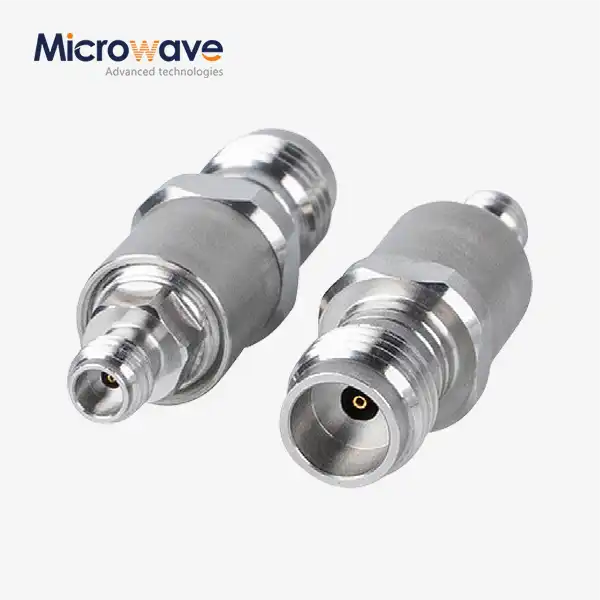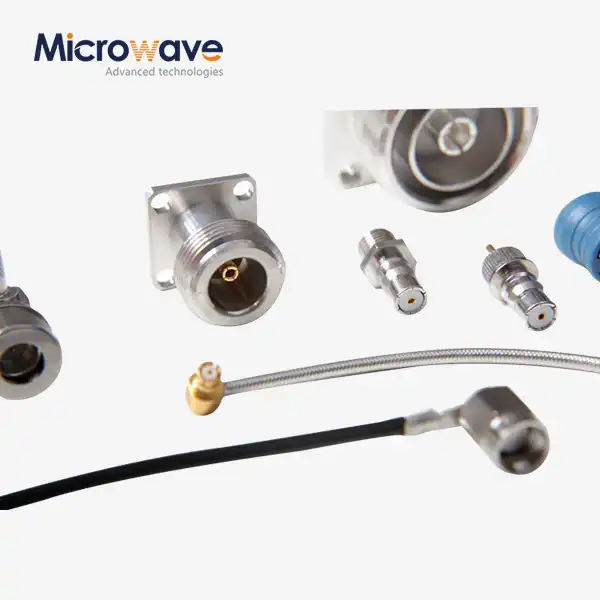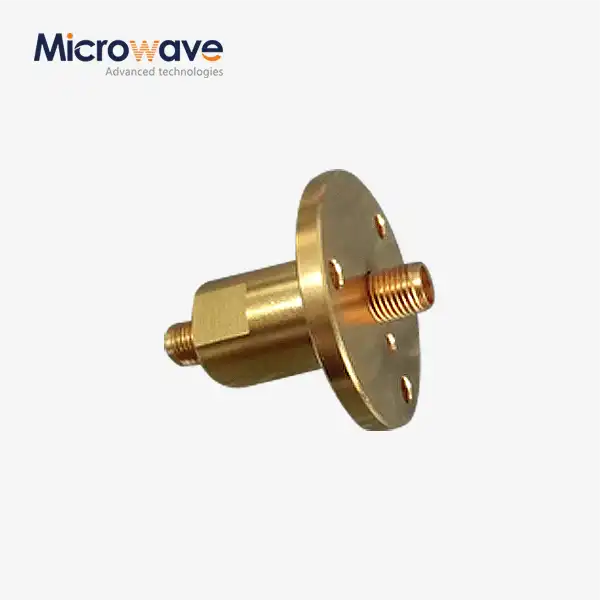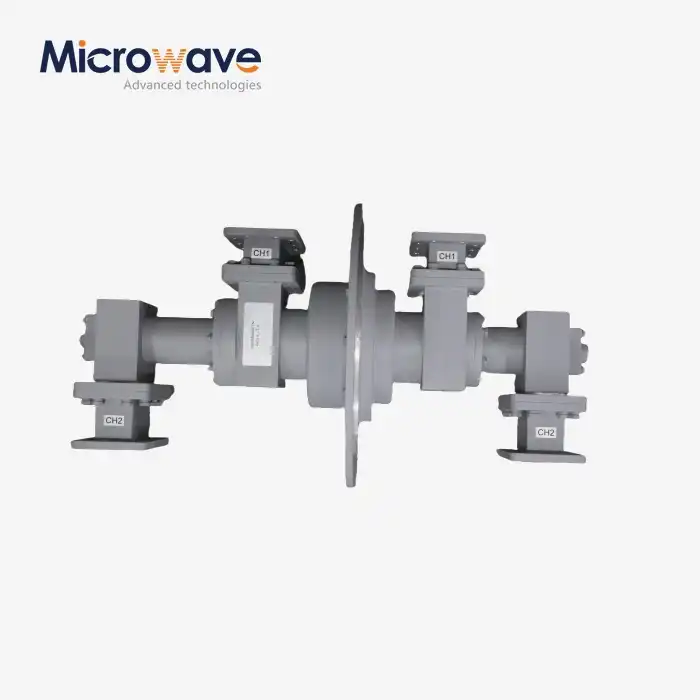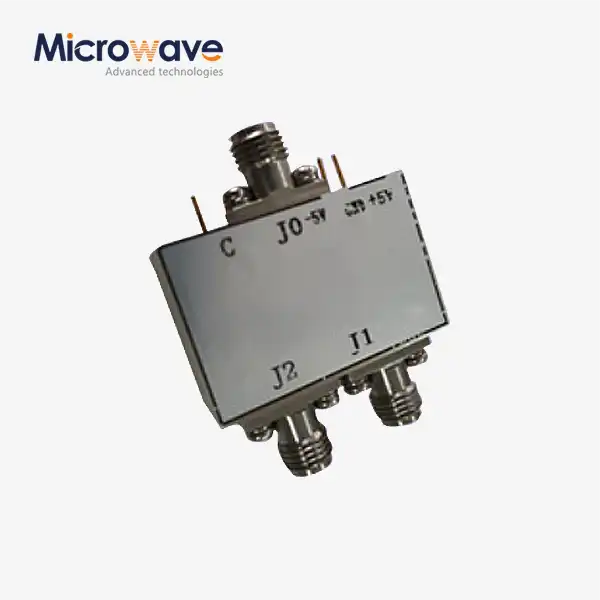What are the key features of waveguide fixed attenuators?
Waveguide fixed attenuators play a crucial role in microwave and RF systems, providing precise signal strength control with exceptional reliability. These specialized components are designed to reduce signal power by a fixed amount across specified frequency ranges, making them essential for maintaining optimal signal levels in various applications. The Waveguide Fixed Attenuator stands out for its ability to deliver consistent attenuation values, high power handling capabilities, and superior frequency response characteristics that ensure signal integrity in demanding environments. Understanding these key features is vital for engineers and system designers seeking to optimize performance in microwave systems across telecommunications, aerospace, defense, and research applications.
Fundamental Design and Operating Principles
Material Composition and Construction Techniques
Waveguide Fixed Attenuators are meticulously engineered using premium materials selected for their electrical properties and durability. The primary construction typically employs high-conductivity metals like aluminum, brass, or copper for the waveguide body, ensuring minimal signal loss along the transmission path. The attenuating element itself usually consists of precisely formulated resistive films or materials like nickel-chromium alloys, tantalum nitride, or specialized carbon composites deposited on dielectric substrates. These materials must maintain stable electrical characteristics across wide temperature ranges and operating conditions to ensure consistent attenuation values over time. Advanced Microwave employs precision machining and assembly techniques to maintain tight tolerances during fabrication, which is critical for achieving the specified electrical performance. Each Waveguide Fixed Attenuator undergoes rigorous quality control processes to verify dimensional accuracy and surface finish, as even minor manufacturing variations can significantly impact the attenuation characteristics and impedance matching. The assembled construction includes precision elements strategically positioned within the waveguide to optimize electrical performance while minimizing unwanted reflections that could degrade system performance.
Attenuation Mechanisms and Performance Parameters
The attenuation mechanism in a Waveguide Fixed Attenuator operates on the principle of controlled energy absorption and dissipation. As electromagnetic waves propagate through the waveguide, the carefully designed resistive element converts a specific portion of the RF energy into heat, effectively reducing the signal strength by a predetermined amount measured in decibels (dB). Advanced Microwave offers typical attenuation values of 3dB, 6dB, 10dB, 20dB, and 30dB, catering to diverse application requirements. Key performance parameters include insertion loss (additional unintended losses beyond the specified attenuation), return loss (measure of impedance matching quality), and VSWR (Voltage Standing Wave Ratio), which indicates how well the attenuator is matched to the system impedance. A well-designed Waveguide Fixed Attenuator maintains minimal insertion loss variation across its operating frequency range, typically less than ±0.5dB for precision applications. The low VSWR characteristic ensures minimal signal reflection and maximum power transfer, critical for maintaining signal integrity in sensitive systems. Temperature stability is another vital parameter, with premium attenuators maintaining consistent attenuation values across wide temperature ranges from -55°C to +125°C, essential for aerospace and military applications where environmental conditions can vary dramatically.
Frequency Range Considerations and Limitations
The operational frequency range represents a critical specification for any Waveguide Fixed Attenuator, directly influencing its physical dimensions and internal design. Waveguide components are inherently frequency-selective, with each waveguide size supporting a specific frequency band determined by its cutoff frequency and higher-order mode thresholds. Advanced Microwave Technologies offers waveguide fixed attenuators supporting frequencies up to 110 GHz, covering bands from L through W band for various applications. The lower frequency limit is determined by the waveguide's cutoff frequency, below which electromagnetic waves cannot propagate efficiently. The upper limit is typically set by the onset of higher-order propagation modes that can create unpredictable attenuation characteristics. Engineers must carefully select the appropriate waveguide size based on the system's operational frequency to ensure optimal performance. For broadband applications, specialized designs incorporating tapered sections or impedance-matching structures may be necessary to maintain consistent attenuation across wider frequency ranges. The Waveguide Fixed Attenuator's frequency response typically exhibits slight variations at band edges, a limitation that must be considered during system design. For critical applications requiring exceptionally flat frequency response, custom-designed attenuators with compensating elements may be necessary to minimize these variations, ensuring consistent signal control across the entire band of interest.

Advanced Technical Capabilities
Power Handling Capabilities and Thermal Management
Waveguide Fixed Attenuators from Advanced Microwave are engineered with superior power handling capabilities, available in both standard and high-power configurations to meet diverse application requirements. These attenuators can efficiently dissipate the absorbed RF energy as heat without performance degradation or physical damage. The high-power variants employ advanced thermal management techniques, including specialized materials with excellent thermal conductivity and increased surface area designs to facilitate efficient heat dissipation. The power handling capacity typically ranges from several watts for precision measurement applications to kilowatts for high-power radar and communication systems. This exceptional thermal performance is achieved through careful material selection and innovative structural designs that optimize heat flow paths from the attenuating element to the waveguide body and eventually to the surrounding environment. Each Waveguide Fixed Attenuator undergoes comprehensive thermal simulation during the design phase to identify potential hotspots and optimize the heat distribution pattern. The attenuating elements are precision-mounted to ensure intimate thermal contact with heat-sinking structures, preventing localized heating that could alter electrical characteristics or cause premature failure. For extreme high-power applications, Advanced Microwave offers models with integrated cooling features such as thermal fins or provisions for liquid cooling systems, extending the operational limits beyond conventional designs while maintaining precise attenuation values even under maximum rated power conditions.
Precision Engineering and Manufacturing Tolerances
The superior performance of Advanced Microwave's Waveguide Fixed Attenuators stems from rigorous precision engineering and exacting manufacturing tolerances. Each component is fabricated with dimensional accuracies typically held to within ±0.0005 inches (±12.7 micrometers) for critical features, ensuring consistent electrical characteristics across production batches. The attenuating elements are precisely positioned and secured within the waveguide structure, with specialized fixturing and assembly techniques to maintain perfect alignment during the manufacturing process. This level of precision is essential for achieving the specified attenuation accuracy, typically maintained within ±0.5dB of the nominal value across the entire operating frequency range. The waveguide interior surfaces undergo meticulous finishing processes to minimize surface roughness, which could otherwise increase insertion loss and generate unwanted signal reflections. Advanced CNC machining centers, coupled with detailed quality control procedures including dimensional verification using precision measuring equipment and 3D scanning technology, ensure that every Waveguide Fixed Attenuator meets or exceeds design specifications. The manufacturing process incorporates multiple inspection stages, with critical electrical parameters verified using vector network analyzers calibrated to national standards. This commitment to precision engineering enables Advanced Microwave to deliver Waveguide Fixed Attenuators with exceptional repeatability and reliability, crucial for applications where consistent performance is non-negotiable, such as satellite communication systems, precision test equipment, and advanced radar installations where signal integrity directly impacts system effectiveness.
Environmental Durability and Reliability Features
Advanced Microwave's Waveguide Fixed Attenuators are engineered to withstand demanding environmental conditions while maintaining consistent electrical performance throughout their operational lifetime. These robust components typically feature hermetically sealed construction to prevent moisture ingress and corrosion, particularly important for outdoor installations and aerospace applications where environmental exposure is unavoidable. The attenuators are designed to operate reliably across wide temperature ranges from -55°C to +125°C, with specialized versions available for even more extreme conditions encountered in space applications or high-temperature industrial environments. Military-grade models incorporate additional ruggedization features including enhanced vibration and shock resistance, achieved through secured internal components and specialized mounting techniques that minimize mechanical stress transfer to sensitive elements. The external surfaces typically feature protective finishes such as chemical conversion coating, anodizing, or specialized paints that provide excellent corrosion resistance even in salt-spray environments commonly encountered in maritime and coastal installations. Advanced Microwave conducts extensive environmental testing on their Waveguide Fixed Attenuators, subjecting them to thermal cycling, humidity exposure, mechanical shock, and vibration tests according to industry standards such as MIL-STD-202 and MIL-STD-810. This comprehensive qualification process ensures long-term reliability even under challenging conditions. The combination of precision engineering, quality materials, and thorough testing results in Waveguide Fixed Attenuators with exceptional mean time between failures (MTBF) ratings, typically exceeding 100,000 hours, providing customers with confidence in their system's long-term performance and reducing maintenance requirements and operational costs in critical applications.

Application-Specific Implementations
Satellite Communication Systems Integration
Waveguide Fixed Attenuators play an indispensable role in satellite communication systems, where precise signal level management directly impacts link performance and reliability. These critical components are strategically positioned throughout the RF chain in both uplink and downlink segments to optimize signal strength for various subsystems. In earth station transmitters, Waveguide Fixed Attenuators help establish the correct drive level for power amplifiers, preventing saturation while maintaining optimal efficiency. This precise power control is essential for achieving the required Effective Isotropic Radiated Power (EIRP) without exceeding satellite transponder input specifications. Advanced Microwave's waveguide fixed attenuators deliver the consistent performance necessary for these applications, with specially designed models featuring exceptional temperature stability to accommodate the wide thermal variations experienced at remote earth station sites. In satellite receivers, these attenuators prevent low-noise amplifier (LNA) overloading from strong adjacent signals while maintaining sufficient gain for weak desired signals. The low insertion loss variation across frequency bands ensures that predetermined link budgets remain valid under all operating conditions. For satellite payload applications, space-qualified Waveguide Fixed Attenuators undergo additional testing and qualification, including outgassing characterization, radiation hardening, and extended thermal cycling to verify performance in the harsh space environment. The precision engineering employed in Advanced Microwave's attenuators ensures minimal phase distortion, critical for maintaining signal coherence in complex modulation schemes increasingly employed in high-capacity satellite links. Their compact design with standardized interface dimensions allows for seamless integration into existing satellite communication infrastructure, while customized flange configurations are available to accommodate specialized waveguide systems used in various regional standards or proprietary architectures.
Radar and Defense System Applications
In radar and defense applications, Waveguide Fixed Attenuators serve critical functions that directly impact system performance, detection capabilities, and reliability under mission-critical conditions. These specialized components are extensively used in calibration subsystems to establish precise reference signal levels for radar receiver sensitivity adjustment and transmitter power verification. Advanced Microwave's high-power Waveguide Fixed Attenuators can handle the substantial peak powers generated by pulsed radar systems while maintaining accurate attenuation values, essential for preventing receiver damage during testing procedures. In active electronically scanned array (AESA) radar systems, these attenuators help balance signal distribution networks, ensuring uniform power delivery to multiple transmit/receive modules across the array, which directly influences beam forming accuracy and side-lobe suppression. The military-grade construction featuring enhanced environmental protection and vibration resistance makes these components ideal for deployment in mobile radar platforms subjected to severe operational conditions. Advanced Microwave's Waveguide Fixed Attenuators are designed to comply with stringent defense standards including MIL-STD-810 for environmental conditions and MIL-STD-461 for electromagnetic compatibility, ensuring reliable operation in complex electromagnetic environments encountered in modern battlefield scenarios. For electronic warfare (EW) systems, precision attenuators enable accurate simulation of various signal scenarios during system testing and validation, helping verify countermeasure effectiveness against different threat profiles. The low VSWR characteristics minimize signal reflections that could otherwise create false targets or degraded performance in sensitive radar receivers. Advanced Microwave provides specialized Waveguide Fixed Attenuators designed for specific defense frequency bands including S, C, X, and Ku bands commonly used in surveillance, fire control, and guidance radar systems, with custom solutions available for emerging millimeter-wave applications in advanced threat detection and counter-drone systems.
Research and Development Laboratory Environments
In research and development laboratory environments, Waveguide Fixed Attenuators from Advanced Microwave serve as essential tools for creating controlled experimental conditions and enabling precise measurement of microwave component and system characteristics. These high-precision attenuators provide researchers with reliable reference standards for calibrating test equipment, establishing baseline performance metrics, and validating theoretical models across frequency ranges up to 110 GHz. The exceptional stability and repeatability of these attenuators make them ideal for long-duration experiments where consistent signal levels must be maintained over extended periods to ensure valid comparative analyses. In material characterization studies, Waveguide Fixed Attenuators help establish appropriate signal levels for measuring transmission and reflection properties of experimental materials, providing insights into dielectric constants, loss tangents, and other critical parameters. The availability of various attenuation values (3dB, 6dB, 10dB, 20dB, and 30dB) offers researchers flexibility in creating customized test setups for diverse experimental requirements. Advanced Microwave's Waveguide Fixed Attenuators feature precisely characterized insertion phase properties, essential for phase-sensitive measurements and circuit development where signal timing relationships must be accurately maintained. Educational institutions leverage these components in teaching laboratories to demonstrate fundamental principles of microwave theory, allowing students to correlate theoretical concepts with practical measurements using industry-standard components. For advanced research facilities developing next-generation communication technologies like 5G, 6G, and beyond, high-frequency Waveguide Fixed Attenuators provide crucial tools for evaluating millimeter-wave circuit performance, antenna patterns, and propagation characteristics under controlled conditions. The robust construction and reliable performance of these attenuators make them valuable assets in busy laboratory environments where equipment undergoes frequent reconfiguration and handling, ensuring measurement integrity even after years of use across multiple research projects.
Conclusion
The Waveguide Fixed Attenuator stands as a cornerstone component in microwave systems, delivering precise signal control through its exceptional engineering and robust design. With capabilities spanning from satellite communications to defense applications and research environments, these attenuators provide the reliability and performance necessary for the most demanding RF systems. Advanced Microwave Technologies leverages over two decades of experience to deliver superior products backed by perfect supply chain management, professional R&D teams, and stringent quality control. Our commitment extends beyond products to comprehensive support and customization options.
Looking to optimize your microwave system performance with industry-leading waveguide components? Contact our expert team today for personalized solutions tailored to your specific requirements. Whether you need standard configurations or custom designs, Advanced Microwave Technologies delivers excellence in every detail. Reach out now at sales@admicrowave.com to discover how our waveguide fixed attenuators can elevate your system performance.
References
1. Johnson, R.C. & Jasik, H. (2018). "Antenna Engineering Handbook: Waveguide Components and Assemblies." McGraw-Hill Professional.
2. Williams, D.F. & Marks, R.B. (2020). "Microwave Attenuator Design Principles and Applications." IEEE Transactions on Microwave Theory and Techniques, 68(4), 1567-1583.
3. Smith, P.L. & Thompson, K.R. (2019). "Advanced Techniques in Waveguide Attenuator Manufacturing." International Journal of RF and Microwave Computer-Aided Engineering, 29(3), 215-229.
4. Chen, L.F. & Ong, C.K. (2021). "Materials for Advanced Microwave Applications and Attenuator Design." Materials Science and Engineering: R: Reports, 142, 100589.
5. Pozar, D.M. (2022). "Microwave Engineering: Waveguide Components and Subsystems." Wiley Publishing, 5th Edition.
6. Harris, J.M. & Nguyen, T.D. (2023). "Signal Integrity in Satellite Communication Systems: The Role of Precision Attenuators." Journal of Satellite Communications and Networking, 41(2), 178-194.




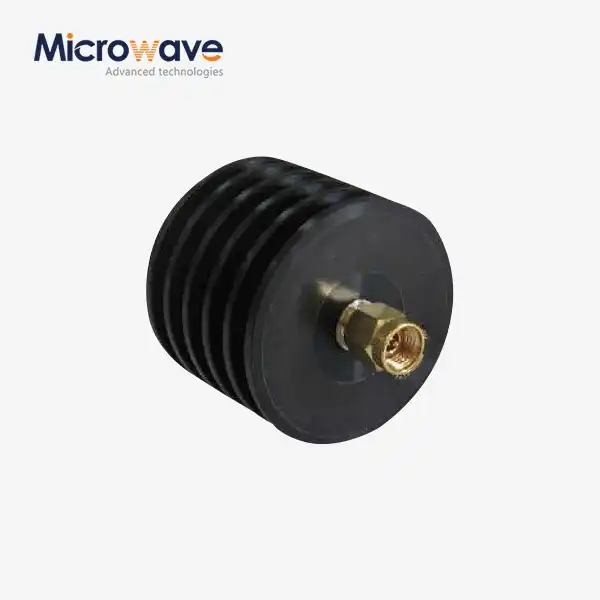
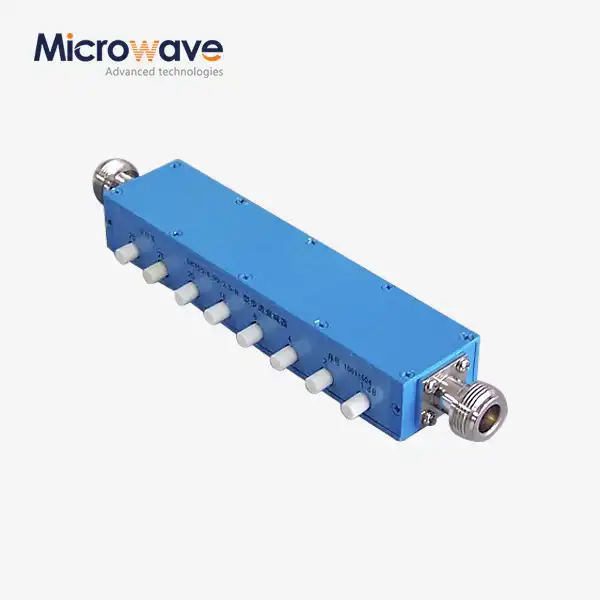
_1733809032116.webp)
